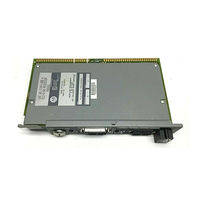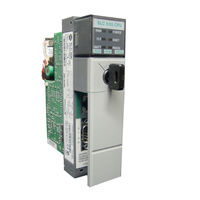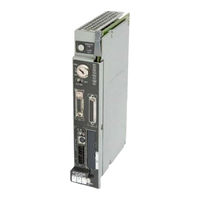
Allen-Bradley PLC-5 series Manuals
Manuals and User Guides for Allen-Bradley PLC-5 series. We have 7 Allen-Bradley PLC-5 series manuals available for free PDF download: User Manual, Design Manual, Manual, Installation Instructions Manual, Quick Start Manual, Installation Instructions
Allen-Bradley PLC-5 series User Manual (388 pages)
Enhanced and Ethernet PLC-5 Programmable Controllers
Brand: Allen-Bradley
|
Category: Controller
|
Size: 5.12 MB
Table of Contents
Advertisement
Allen-Bradley PLC-5 series Design Manual (195 pages)
Brand: Allen-Bradley
|
Category: Control Systems
|
Size: 1.63 MB
Table of Contents
Allen-Bradley PLC-5 series User Manual (51 pages)
Ethernet
Interface Module
Brand: Allen-Bradley
|
Category: Adapter
|
Size: 0.89 MB
Table of Contents
Advertisement
Allen-Bradley PLC-5 series Manual (41 pages)
Ethernet Driver
Brand: Allen-Bradley
|
Category: Network Card
|
Size: 0.4 MB
Table of Contents
Allen-Bradley PLC-5 series Quick Start Manual (29 pages)
Ethernet PLC-5 Programmable Controller
Brand: Allen-Bradley
|
Category: Controller
|
Size: 2.54 MB
Table of Contents
Allen-Bradley PLC-5 series Installation Instructions Manual (40 pages)
Firmware Update Instructions
Brand: Allen-Bradley
|
Category: Controller
|
Size: 1.02 MB
Table of Contents
Allen-Bradley PLC-5 series Installation Instructions (4 pages)
Enhanced Programmable Controller Firmware Upgrade
Brand: Allen-Bradley
|
Category: Controller
|
Size: 0.08 MB






